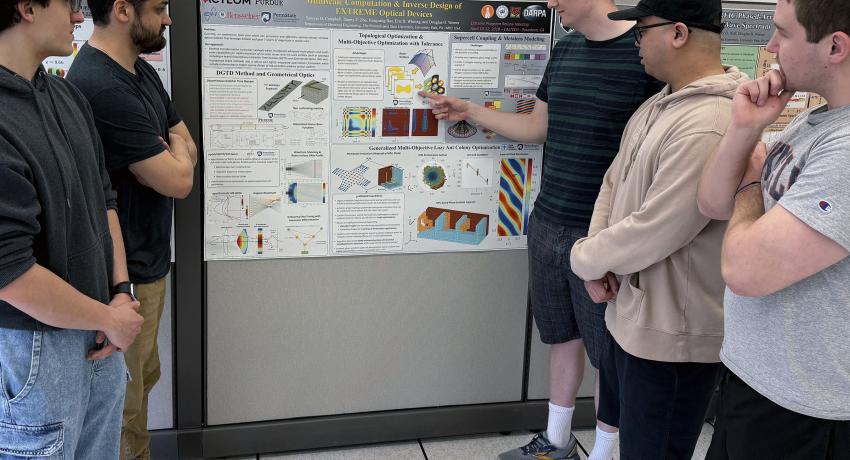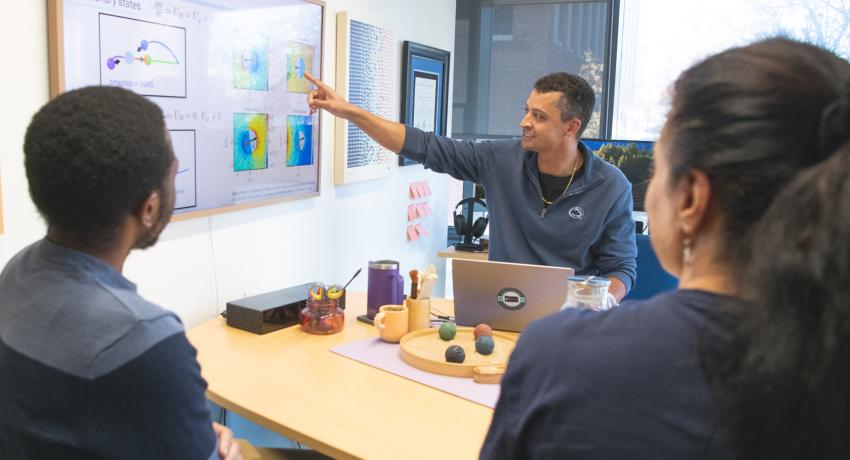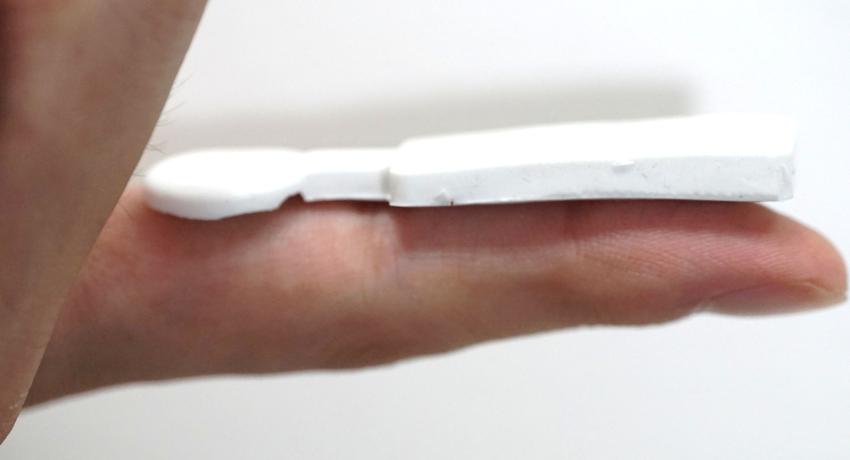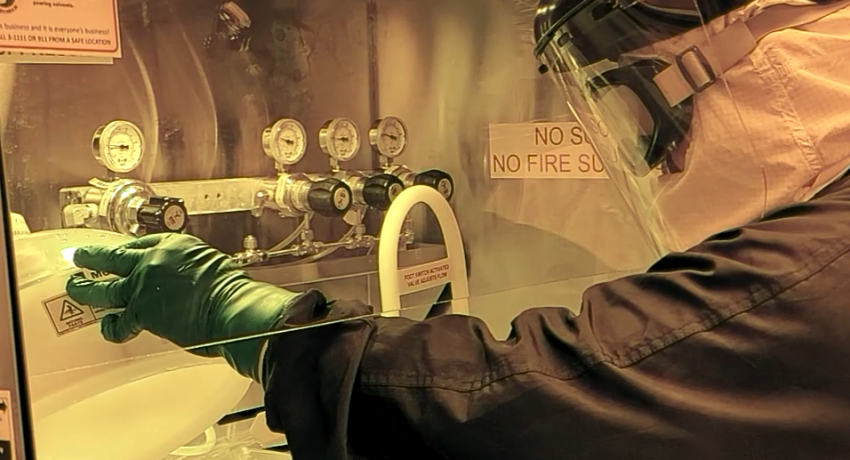AI Week spotlights student, faculty research on artificial intelligence
By Mallorie McIlwain
Penn State’s AI Week showcased the latest research on artificial intelligence (AI) systems and tools, with a specific focus on their applications across K-12 and higher education.
The annual event, most recently held April 14 through April 17, highlighted Penn State faculty and student research and excellence through panels, research showcases, immersive workshops and a poster session.










